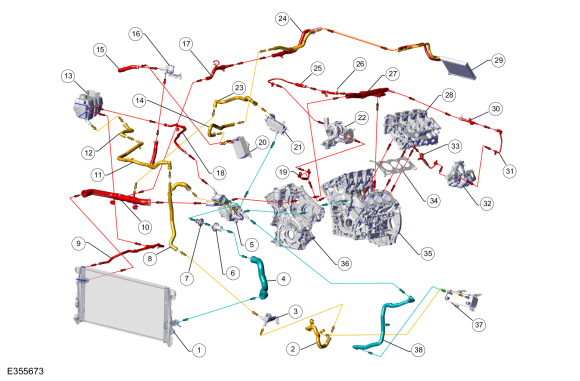I think your hose disconnected leading to total coolant loss in the system, engine and radiator. The tank you are talking about is the over flow tank. It might have to have pressure in it to push back into the system therefore never drained. I don't think you over heated till coolant loss happened and if my assumption is right about pressure putting coolant back into the system, whether it be positive, hot, or negative, cooling, in an open system it probably would stay in the over flow tank.So I don't think you've read through the back and forth on here, but if you have, forgive me for repeating this.
The Bronco overheated on a dirt road in the middle of nowhere. I checked the coolant and the tank was filled above the max line. The heater was blowing cold air. We let it sit for a half hour and then drove for a while until it overheated again. I pushed it for a few miles. I drove it to the top of a hill and turned it off and coasted down a mile or so. We then took 20 minute breaks and then drove for 5 minutes. The failsafe engaged where the cylinders start to alternate. Eventually, we made it to the pavement where I left it sitting next to the Colorado river in the dark. We hitchhiked back to cell service, got a hotel room, and then I found a tow truck the next morning. When I left it in the dark, more than three hours after it had overheated, the tank was completely full of coolant and there had never been any evidence of any leak.
The hottest the temperature got and when the failsafe was fully engaged was at the very end, when we were getting it to a safe place. If the hose popped off after we left it, we would have never seen it since the two truck driver picked it up.
Hopefully that makes sense and it's just an assumption.
Sponsored


